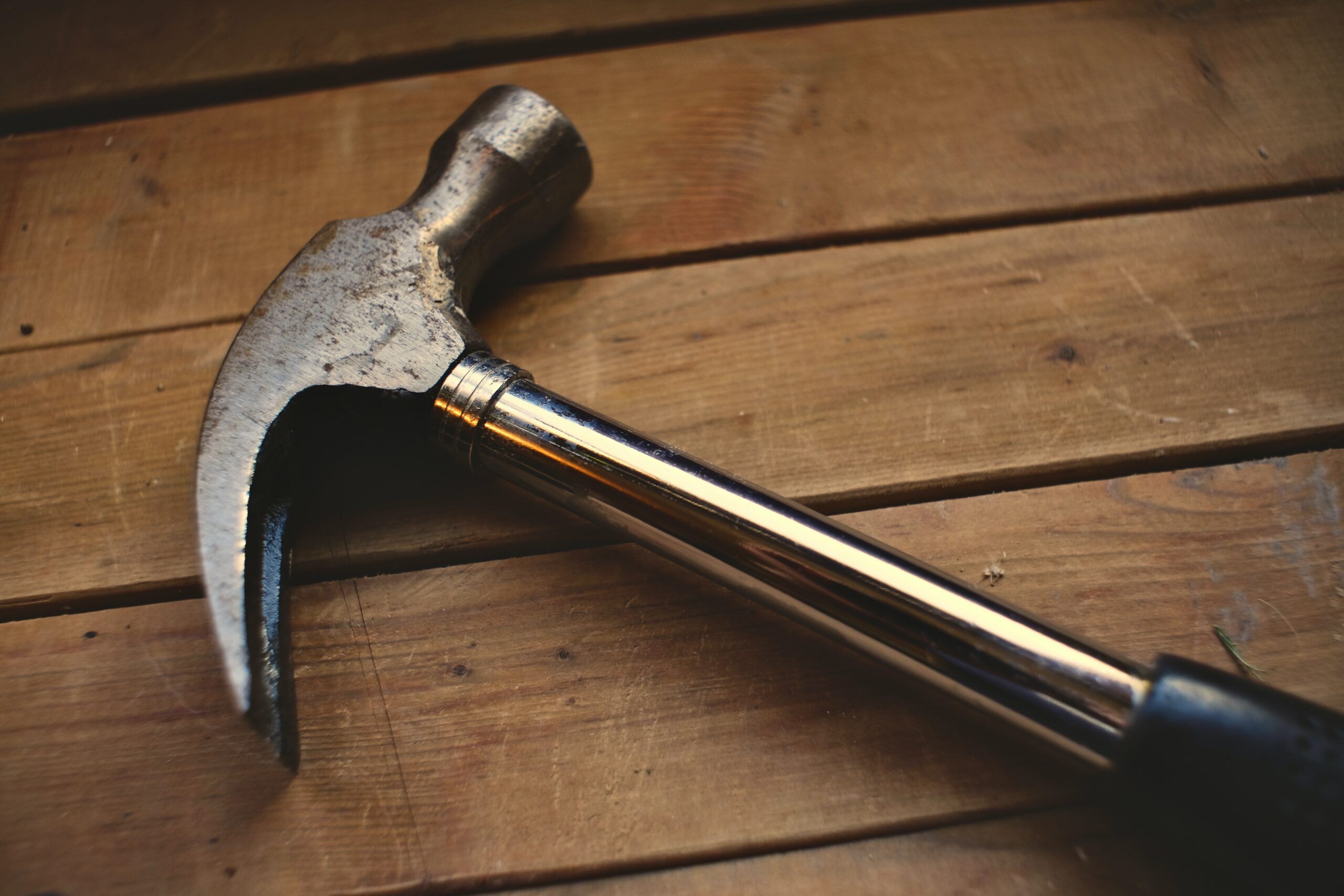The snow has melted, and the birds are singing. Spring is finally here! And just like the birds, you’re probably taking advantage of the warm weather to spruce up your nest. With this handy checklist, you can make sure that your home receives the complete physical inspection and preventative maintenance that it needs. Here is a list of areas to inspect, the most important things to look out for in each area, and the maintenance cleaning that you should undertake each spring.
- Roof – Look for any shifted, cracked, or missing shingles. Replace as needed, either yourself if you have the skill, or hire a certified and insured professional. Also look for any popped nails. To repair nail pops, lift the shingle on top of the nail, remove the offending nail, plug the hole from the nail with roofing cement, then pound in a new nail an inch or so above where the previous nail was.
- Walls – Look especially closely under eaves and around downspouts for any signs of water damage. Inspect all siding material for holes, rot, and signs of animal or insect damage. A spring washing (power or otherwise depending on your siding material) makes your house look refreshed, and removes algae, molds, and mildews.
- Windows and screens – Inspect caulk on all windows, replacing as needed. Inspect windows for moisture between layers of glass. Condensation inside the glass is an indication that the weather seal has been compromised, and the window will need to be replaced. Remove all house screens and wash with soapy water. Rinse screens and allow to dry. Wash windows and window tracks/ledges both inside and out. Reinstall screens.
- Chimney – Check the joints between bricks or stones for cracks, missing chunks, vegetation, or white, powdery discoloration. All issues should be addressed to avoid water infiltration. Hand scrub with a brush as needed; power washers can knock loose chunks of mortar on older chimneys.
- Gutters – Inspect for leaks and clean to remove debris. Flush downspouts with a hose if clogged.
- Foundation – Check for any masonry cracks.
- Exterior faucets – Reconnect hoses removed in fall. Inspect for leaks.
- Sprinkler lines – Open valve to allow water into the system. Test and inspect for leaks. Clean and check control components.
- Air conditioning unit – Remove cover and store. Clean or change filters. Inspect and test.
- Decks and porches – Sweep, wash, inspect for warped, loose, or splintered boards.
- Lawn – Rake and check yard for sticks, aggregate misplaced by plowing, holes, signs of damaging animals or insects, etc. Apply organic herbicide if desired (save fertilizing for the fall). Prune bushes and shrubs. Trim tree branches back from house. Check vegetation for signs of damage or disease.
- Barbeque Grill – Clean and inspect for functionality.
- Sheds/Barns/Garage – Remove outdoor furniture from storage, wash, and place. Store any winter supplies, such as snowblowers, shovels, and air conditioner covers. Organize and inspect storage areas for signs of animal or insect infestation.
- Attic – Look for water damage, mold or mildew, and animal or insect damage.
- Basement – Inspect for water, insect, or animal infiltration.
- Pipes and Faucets – Check for condensation and leaks.
- Mechanicals – Clean and inspect for functionality.
Running through a preventative maintenance checklist every spring can save you money and stress in the long run. Plus, your house will look and perform better when properly maintained. You now know the most important areas to inspect and maintain each spring. Bookmark this checklist to revisit each spring when it’s time for a spruce-up.
